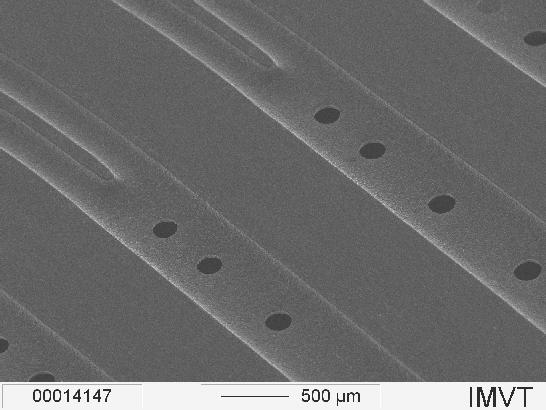Hydrogen as energy carrier has a fundamental disadvantage: The missing distribution system and the relative low energy density of hydrogen in relation to the storage volume. The decentralised and mobile reforming of hydrocarbons could be an alternative way towards the hydrogen economy and the long-term usage of biofuels. The development of PEM fuel cells is far advanced, so that it is applied very often. However, the removal of carbon monoxide from the reformate gas mixture is mandatory. The separation of hydrogen by a membrane, the selective methanation of CO in presence of CO2 and the water gas shift reaction are possibilities to reduce CO. A further possibility is the preferential oxidation of CO in presence of high H2 concentrations:
Because O2 has to be added to the reformate gas mixture to perform the preferential oxidation, H2 can also be oxidized – hence the temperature distribution can be influenced unfavourably and the cleaning effect of the reactor can diminish. Because of the good temperature control of chemical reactions in microreactors the institute develops different catalyst coatings for this reaction. Microreactors with distributed oxygen feeding to the reformat are of special interest. Herewith it is possible to adjust the oxygen partial pressure to the reaction progress by influencing the oxygen surface concentration.
 Hole geometry: microchannels with feed holes to add oxygen/air to the reformate gas for the preferential oxidation
Hole geometry: microchannels with feed holes to add oxygen/air to the reformate gas for the preferential oxidation